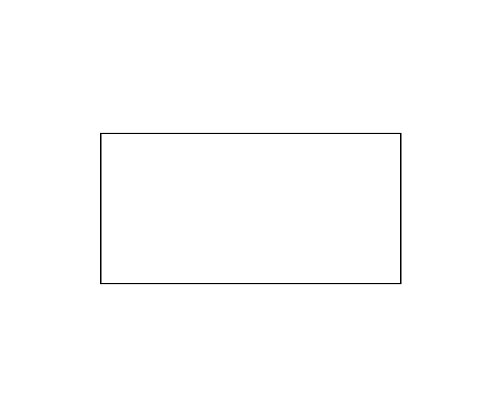 |
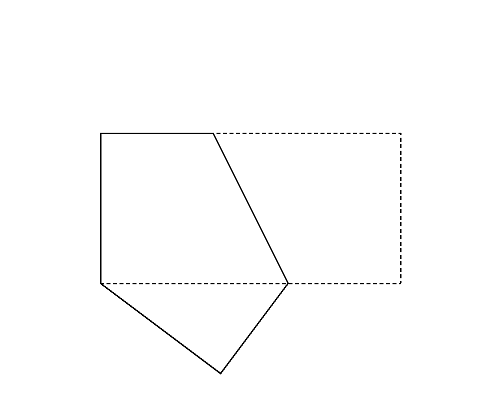 |
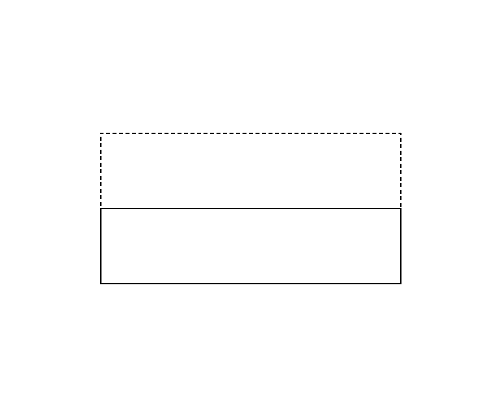 |
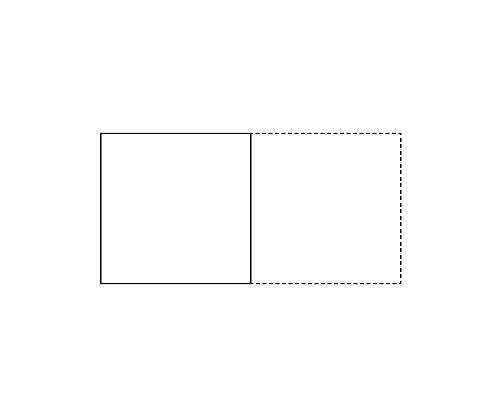 |
| (a) | (b) | (c) |
Figure 1: The case of the first sample input
Dr. G, an authority in paper folding and one of the directors of Intercultural Consortium on Paper Crafts, believes complexity gives figures beauty. As one of his assistants, your job is to find the way to fold a paper to obtain the most complex figure. Dr. G defines the complexity of a figure by the number of vertices. With the same number of vertices, one with longer perimeter is more complex. To simplify the problem, we consider papers with convex polygon in their shapes and folding them only once. Each paper should be folded so that one of its vertices exactly lies on top of another vertex.
Write a program that, for each given convex polygon, outputs the perimeter of the most complex polygon obtained by folding it once.
Figure 1 (left) illustrates the polygon given in the first dataset of Sample Input. This happens to be a rectangle. Folding this rectangle can yield three different polygons illustrated in the Figures 1-a to c by solid lines. For this dataset, you should answer the perimeter of the pentagon shown in Figure 1-a. Though the rectangle in Figure 1-b has longer perimeter, the number of vertices takes priority.
 |
 |
 |
 |
| (a) | (b) | (c) |
Figure 2 (left) illustrates the polygon given in the second dataset of Sample Input, which is a triangle. Whichever pair of its vertices are chosen, quadrangles are obtained as shown in Figures 2-a to c. Among these, you should answer the longest perimeter, which is that of the quadrangle shown in Figure 2-a.
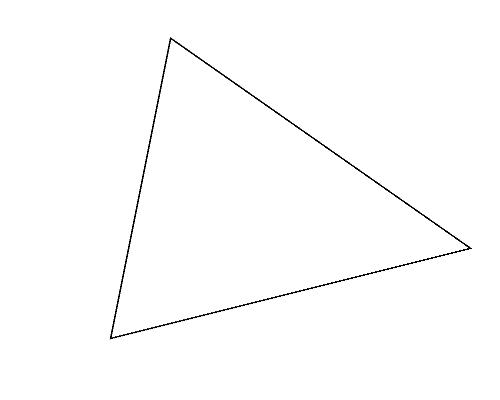 |
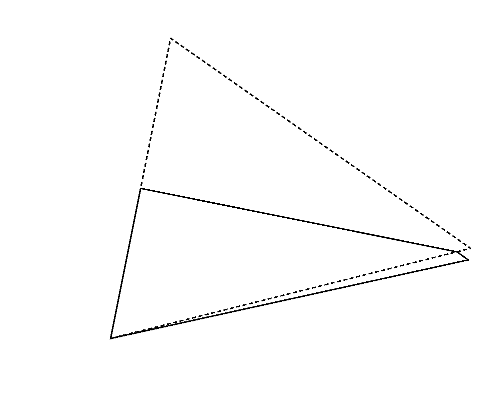 |
 |
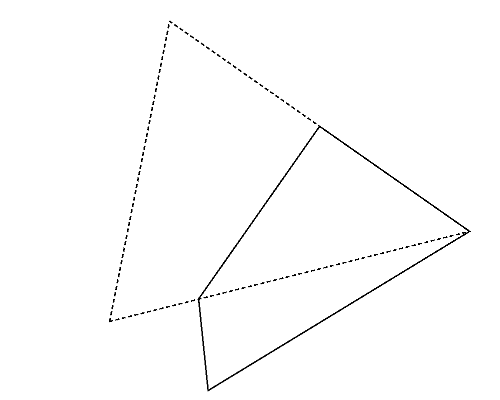 |
| (a) | (b) | (c) |
Although we start with a convex polygon, folding it may result a concave polygon. Figure 3 (left) illustrates the polygon given in the third dataset in Sample Input. A concave hexagon shown in Figure 3 (right) can be obtained by folding it, which has the largest number of vertices.
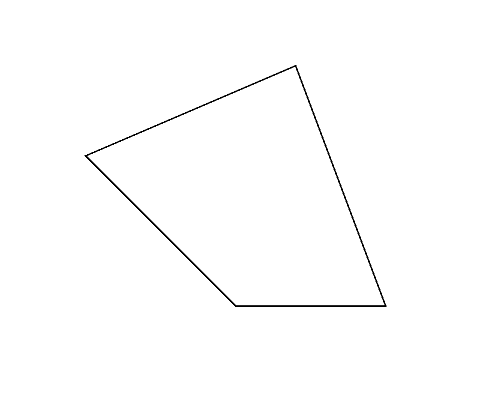
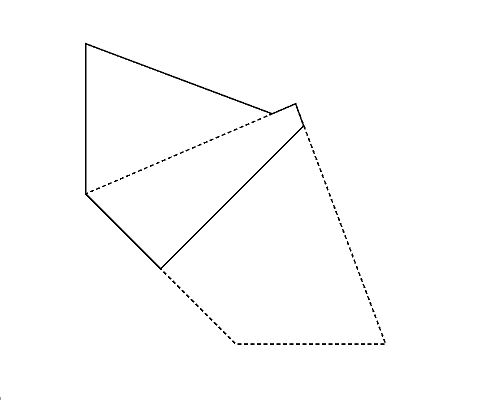
Figure 4 (left) illustrates the polygon given in the fifth dataset in Sample Input. Although the perimeter of the polygon in Figure 4-b is longer than that of the polygon in Figure 4-a, because the polygon in Figure 4-b is a quadrangle, the answer should be the perimeter of the pentagon in Figure 4-a.
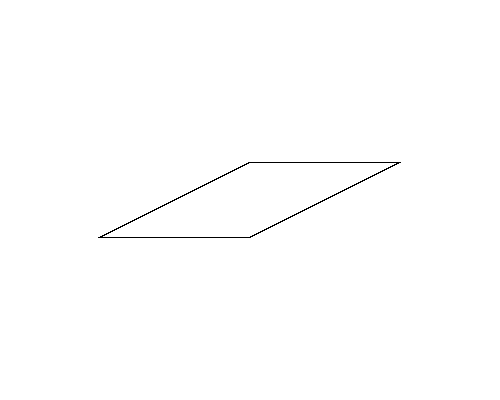 |
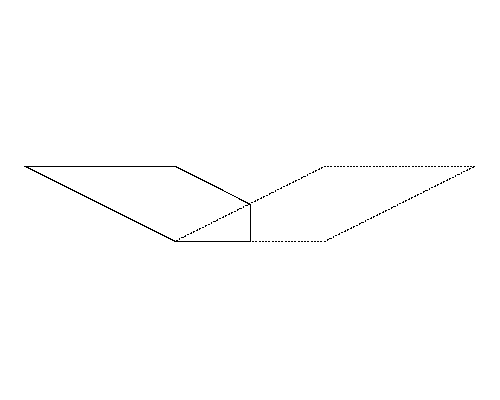 |
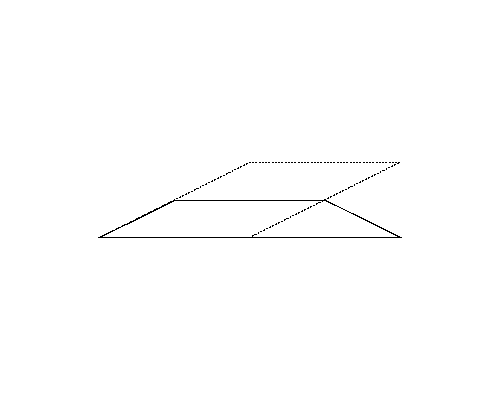 |
| (a) | (b) |
The input consists of multiple datasets, each in the following format.
n
x1 y1
...
xn yn
n is the number of vertices of the given polygon. n is a positive integer satisfying 3 ≤ n ≤ 20. (xi, yi) gives the coordinates of the i-th vertex. xi and yi are integers satisfying 0 ≤ xi, yi < 1000. The vertices (x1, y1), ..., (xn, yn) are given in the counterclockwise order on the xy-plane with y axis oriented upwards. You can assume that all the given polygons are convex.
All the possible polygons obtained by folding the given polygon satisfy the following conditions.
The end of the input is indicated by a line with a zero.
For each dataset, output the perimeter of the most complex polygon obtained through folding the given polygon. The output value should not have an error greater than 0.00001. Any extra characters should not appear in the output.
4 0 0 10 0 10 5 0 5 3 5 0 17 3 7 10 4 0 5 5 0 10 0 7 8 4 0 0 40 0 50 5 0 5 4 0 0 10 0 20 5 10 5 7 4 0 20 0 24 1 22 10 2 10 0 6 0 4 18 728 997 117 996 14 988 1 908 0 428 2 98 6 54 30 28 106 2 746 1 979 17 997 25 998 185 999 573 999 938 995 973 970 993 910 995 6 0 40 0 30 10 0 20 0 40 70 30 70 0
23.090170 28.528295 23.553450 97.135255 34.270510 57.124116 3327.900180 142.111776